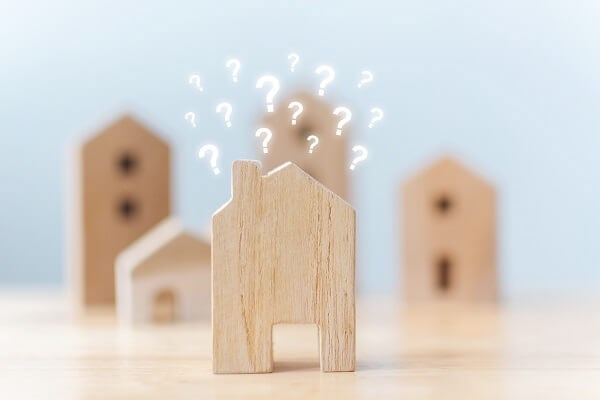
23 September . 2019
What Will My Mortgage Payment Include?
A mortgage, a loan provided by a mortgage lender or a bank is an important tool for buying a house, allowing you to become a homeowner without necessarily making a large down payment. When you decide to take on a mortgage, it’s important to understand the terms and conditions, the structure of your payments, which cover not only the principal (the amount you borrowed) but also interest, taxes, and insurance, commonly referred to as PITI. It tells you how long it will take you to pay off your mortgage and, ultimately, how expensive it will be to finance your home purchase.
Typically, a mortgage payment is made up of four basic parts: principal, interest, taxes and homeowner’s insurance. A fifth part could be private mortgage insurance (which you’ll be required to pay if you put down less than 20% on your home).
1. Principal, in terms of your overall mortgage, is the initial amount of money you borrow for your home. The principal portion of your monthly payment is the part that actually goes toward paying down your loan amount. With the way most mortgages are structured, the interest portion shrinks as you pay down the principal with payments over time.
2. Interest is the fee your lender charges you for borrowing money at a predetermined rate. Usually shorter term mortgages have lower interest rates, but your monthly payments are higher.
3. Taxes, in regards to a mortgage, are the property taxes you pay as a homeowner, assessed by your local government agency. Property taxes pay for firefighters, police, schools, roads and other public services. They’re typically calculated based on the assessed value of your house. First, a property assessor looks at your house and tells your local government what it’s worth. Then, that estimated cost is divided over a 12-month period to be added to your monthly mortgage payments. Typically, your lender holds those funds in an escrow account and an escrow company makes your property tax payment for you.
4. Homeowner’s Insurance covers the cost of your home if something disastrous were to happen, however, speak to your insurance agent to help you determine how much homeowner’s insurance is right for you. Paying for homeowner’s insurance works the same way as paying the tax portion of your payment. Each month, you pay 1/12 of your homeowner’s insurance premium as part of your mortgage payment. The lender collects the payment each month and makes your premium payment for you. Most lenders require homeowner’s insurance to qualify for a loan.
5. Private mortgage insurance (PMI) is insurance that protects the lender if you don’t pay your mortgage. It’s calculated annually as a percent of your original mortgage amount based on your credit rating and down payment. PMI bumps your monthly mortgage payment up but doesn’t go toward paying your loan balance down; it’s strictly insurance for the lender. You can avoid PMI if you have a 20% down payment.
6. HOA fees are sometimes included in your mortgage payment to help lessen the confusion of paying multiple monthly bills while also providing assurance to your HOA that you will pay them as strictly as your mortgage. If this is included in your mortgage, your mortgage company holds the HOA fee in escrow and pays the association for you.
There are many types of mortgages and they all charge different monthly payment amounts, so make sure to do your research before simply choosing the one with the lowest rate. Happy house hunting!

